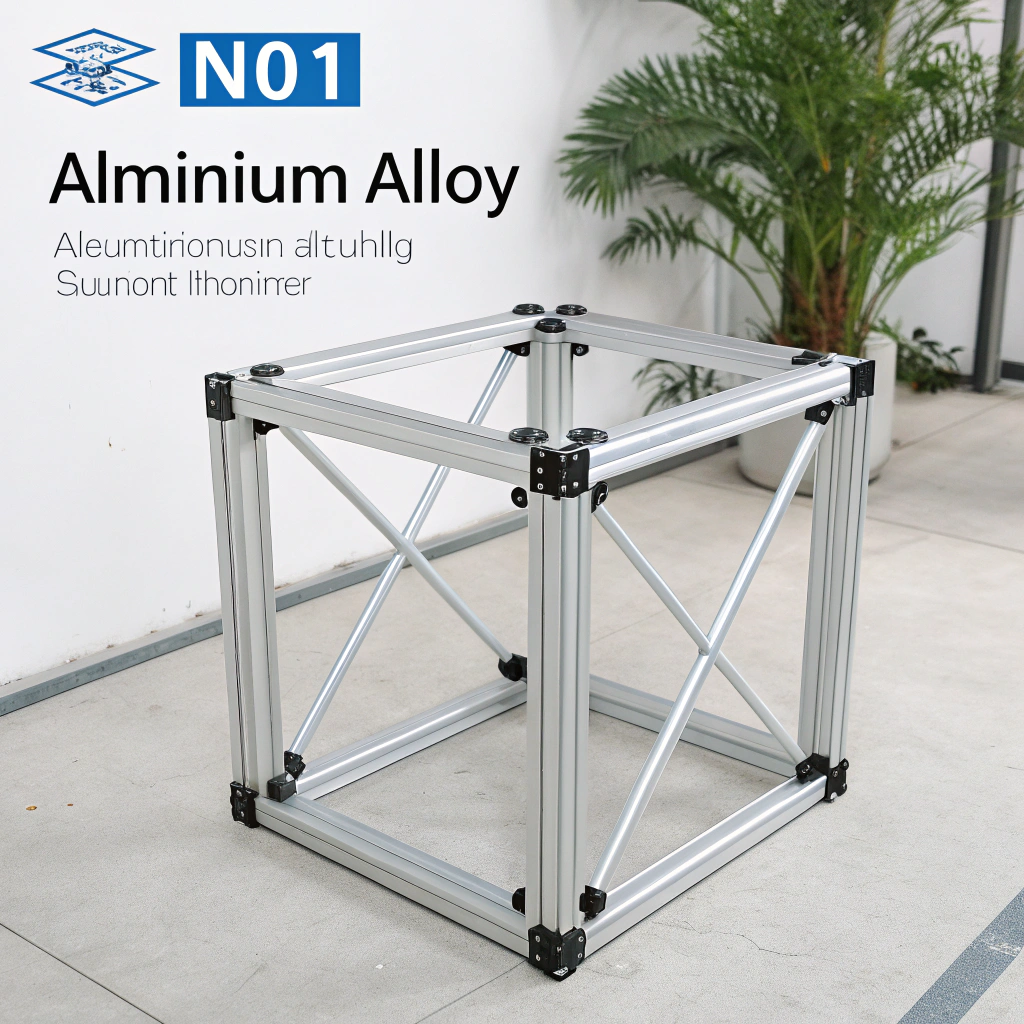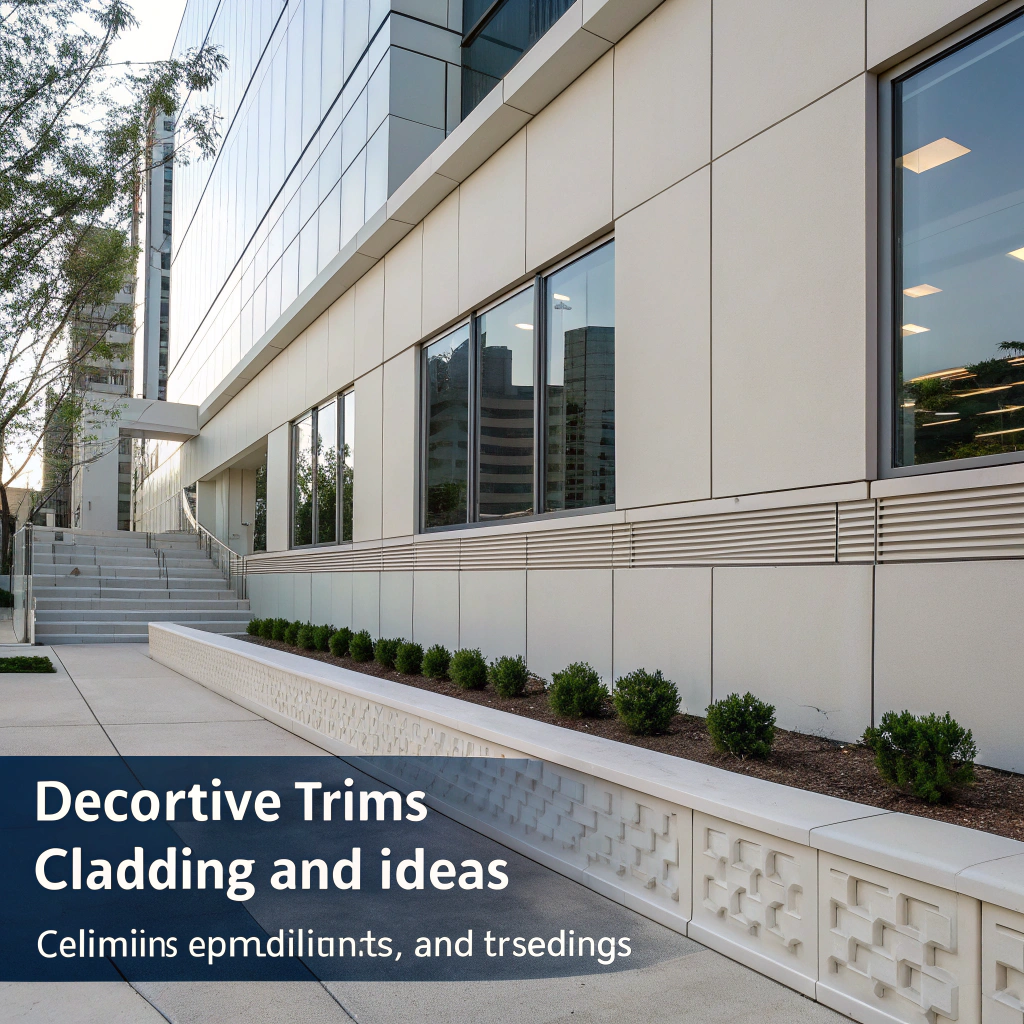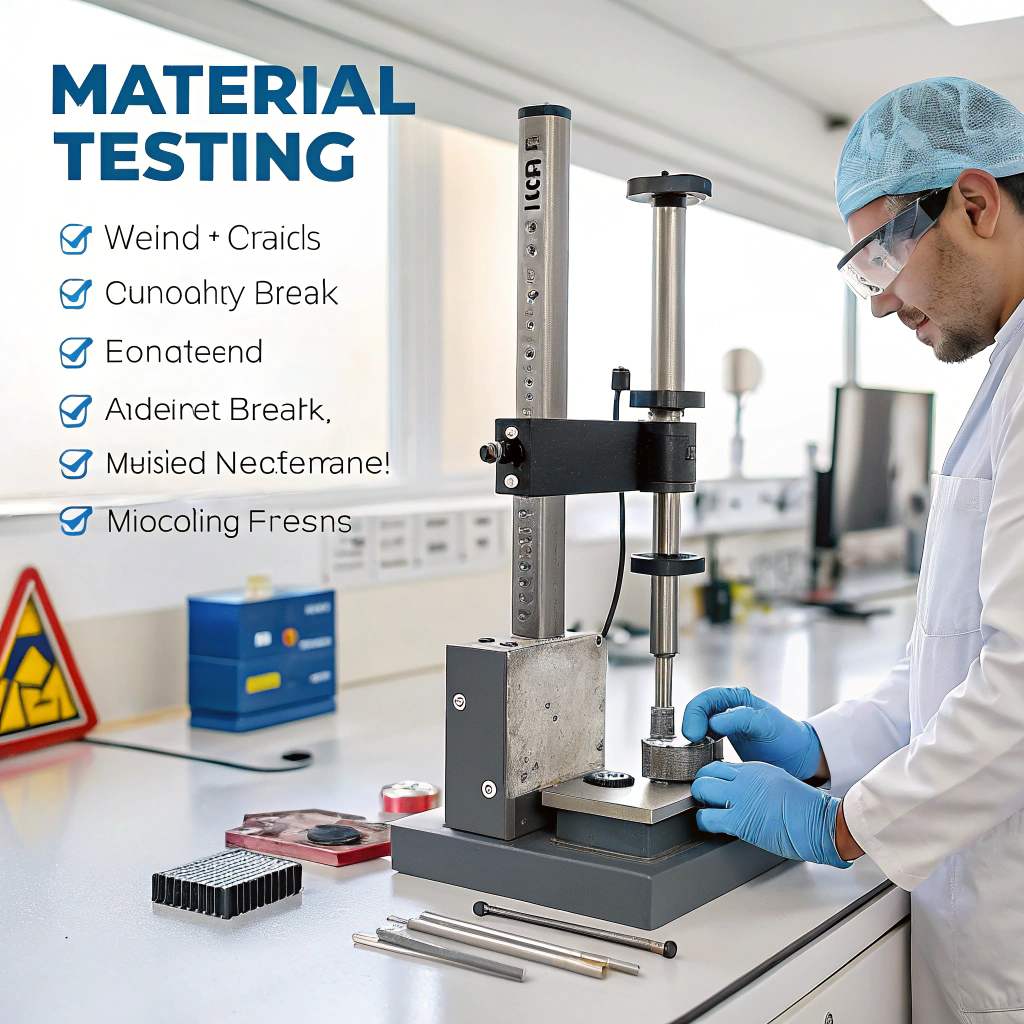6N01 알루미늄 합금 - 내구성이 뛰어나고 다양한 솔루션?

I’ve worked with many types of aluminum in my career, but 6N01 always stands out. Sometimes, a material is either strong or easy to work with—but rarely both. That’s why I find 6N01 so impressive. It gives me strength, flexibility, and a good surface finish all in one package.
6N01 aluminum alloy is durable because of its high yield strength and corrosion resistance, and it’s versatile because it balances formability, weldability, and finishing options.
This is why I often choose 6N01 for complex projects. Whether I’m dealing with a transportation frame or an architectural system, 6N01 gives me peace of mind. Let’s take a closer look at why it performs so well.
What makes 6N01 aluminum alloy durable and versatile?
I remember the first time I encountered 6N01 during a transportation project. The engineer said, “We need something strong, light, and easy to shape.” I said, “Then we need 6N01.”
6N01 is durable because it resists corrosion and cracking, and it’s versatile due to its excellent formability, weldability, and surface finishing capabilities.

Why is 6N01 durable?
The alloy has good mechanical strength. In its T6 temper, it offers tensile strength around 270–300 MPa. That’s enough for medium-load applications like vehicle panels or architectural beams.
Its corrosion resistance also adds to its durability. I’ve used it outdoors in humid environments, and it holds up much better than standard steel or low-grade aluminum.
It also resists stress corrosion cracking, especially important in rail or pressure systems that undergo vibration.
Why is 6N01 versatile?
I like how easy it is to process. It can be extruded into complex shapes, easily machined, or bent without fracture (in T4). This makes it perfect for both structural and decorative work.
It welds beautifully. Both MIG and TIG work well. There’s low risk of cracking or porosity.
And the surface finish—it’s smooth, uniform, and perfect for anodizing, powder coating, or electrophoresis.
6N01 is only suitable for indoor decorative applications due to low strength.False
6N01 has sufficient strength for transport and outdoor architectural use.
6N01 aluminum alloy can be used in both structural and decorative applications due to its balance of strength and surface properties.True
Its moderate strength and excellent finishability make it suitable for dual-use.
How is 6N01 aluminum alloy used across industries?
I remember one project vividly. We were working on lightweight panels for a railway car. The customer wanted both strength and good surface appearance. We used 6N01, and it turned out to be the perfect choice.
6N01 is widely used in automotive, railway, architectural, and industrial applications due to its excellent strength-to-weight ratio and resistance to wear and corrosion.

자동차 산업
In automotive manufacturing, I’ve seen 6N01 used in:
- Outer body panels
- Structural reinforcements
- Crash safety components
These parts benefit from 6N01’s ability to absorb impact while remaining lightweight. The material also allows for precise pressing and forming, which is crucial for exterior panels.
Railway and Transportation
Rail manufacturers use 6N01 for:
- Side panels
- Door structures
- Underframes
Its durability under vibration and weather exposure makes it ideal for rail applications. I’ve worked with clients who reported better long-term stability and reduced maintenance costs after switching to 6N01.
건축 및 건설
In buildings, it’s common in:
- 창문 및 도어 프레임
- Curtain wall systems
- Decorative trims and claddings
Its clean finish and anodizing compatibility make it popular in modern architecture. I’ve even seen it used in stadiums and airports.
Other Uses
- Bicycle frames and sports equipment
- Heat exchangers and pressure vessels
- Electronic enclosures and heat sinks
Its versatility truly shines in industries where performance and appearance matter.
| 산업 | 공통 애플리케이션 | Why 6N01 Works Well |
|---|---|---|
| 자동차 | Panels, reinforcements, supports | Strength, formability, corrosion resistance |
| Rail & Transport | Car bodies, doors, side structures | Light, vibration-resistant, weldable |
| 아키텍처 | Frames, walls, trims | Surface finish, weatherproof, easy to shape |
| 전자 제품 | Casings, structural parts | Machinability, heat dissipation |
| Sports & Outdoor | Bike frames, ladders, supports | Lightweight, strong, impact-resistant |
| Pressure Equipment | Tanks, heat exchangers | Corrosion resistant, weld-friendly |
6N01 is used mainly in the aerospace industry due to its high-temperature strength.False
6N01 is primarily used in automotive, railway, and architectural industries, not aerospace.
6N01 is suitable for transportation applications due to its vibration resistance and corrosion performance.True
Its durability and corrosion resistance make it ideal for rail and automotive use.
What are the key mechanical properties of 6N01 aluminum alloy?
When I design something that must last, numbers matter. I often check tensile strength, yield, and elongation to ensure a material won’t crack, bend, or break.
6N01 aluminum alloy offers moderate-to-high strength, good elongation, and excellent corrosion resistance, especially in T6 condition, making it suitable for structural and decorative uses.

T4 vs T6 Temper Conditions
- T4: Soft, good for shaping before final aging
- T6: Stronger, ideal for load-bearing applications
Mechanical Properties Table
| 속성 | T4 Temper | T6 Temper |
|---|---|---|
| 인장 강도 | 230–250 MPa | 270–300 MPa |
| 수율 강도 | 190–210 MPa | 240–260 MPa |
| 휴식 시 연신율 | 12–16% | 8-12% |
| 경도(브리넬) | ~65 | ~85 |
| 밀도 | 2.72 g/cm³ | 2.72 g/cm³ |
| 열 전도성 | ~160 W/m·K | ~160 W/m·K |
| 내식성 | Good | Good |
Processing Behavior
- Excellent weldability (MIG/TIG)
- 뛰어난 표면 마감
- Accepts anodizing, powder coating, etc.
- Good machinability (best with carbide tools)
6N01 in T6 condition has higher elongation than in T4 condition.False
T6 has higher strength but lower elongation compared to T4.
6N01 has good surface finish properties, making it suitable for visible structural components.True
It accepts various surface treatments like anodizing, providing aesthetic quality.
How does 6N01 compare to other aluminum alloys like 6061 or 6063?
I’m often asked this by clients: “Is 6N01 better than 6061 or 6063?” My answer is always: “It depends on what you need.” Each alloy has its strengths and weaknesses.
6N01 falls between 6061 and 6063 in terms of strength, formability, and surface finish, offering a balanced performance suitable for complex or decorative applications.

Quick Comparison Table
| 합금 | 인장 강도(T6) | 항복 강도(T6) | 신장 | 용접성 | 마감 품질 | 모범 사용 사례 |
|---|---|---|---|---|---|---|
| 6061 | 310–340 MPa | 275–300 MPa | 10-15% | Good | Good | Structural, aerospace, heavy-duty |
| 6N01 | 270–300 MPa | 240–260 MPa | 8-12% | 우수 | 매우 좋음 | Transport, architecture, trim systems |
| 6063 | 200–230 MPa | 130–160 MPa | 12–18% | 우수 | 우수 | Doors, windows, light decoration |
Use Case Guidance
- Choose 6061 if you need maximum strength and don’t mind lower finish.
- Choose 6063 if shape complexity and finish are top priority.
- Choose 6N01 if you want a good balance with strong finish and strength.
6N01 is generally stronger than 6061-T6.False
6061-T6 has higher tensile and yield strength than 6N01-T6.
6N01 offers a better balance of strength and formability than 6061 or 6063.True
It provides moderate strength with good shaping and surface properties.
결론
6N01 aluminum alloy brings a strong mix of mechanical performance, formability, corrosion resistance, and surface finish. It fits perfectly between 6061 and 6063 and shines in applications that need both durability and good looks. I trust it in every project where balance is key.



